-
Garden Watering Top 10 Tips: Save time & conserve water in the garden
 Lee Burkhill: Award Winning Designer & BBC 1's Garden Rescue Presenters Official Blog
Lee Burkhill: Award Winning Designer & BBC 1's Garden Rescue Presenters Official Blog

Plants are incredibly tough, but during heat waves and summer, they may need a bit more assistance in the hydration department. If you've recently planted new shrubs, trees, or herbaceous plants, you'll have to help them out by watering them until they are established.
If you've planted bedding plants, are container gardening or have house plants then making sure they have enough water at the right time is key for their survival. This guide will help you save water and time with your plants. After all, there's no point in watering for the sake of it when you could be sitting and enjoying your plants inside or outside!
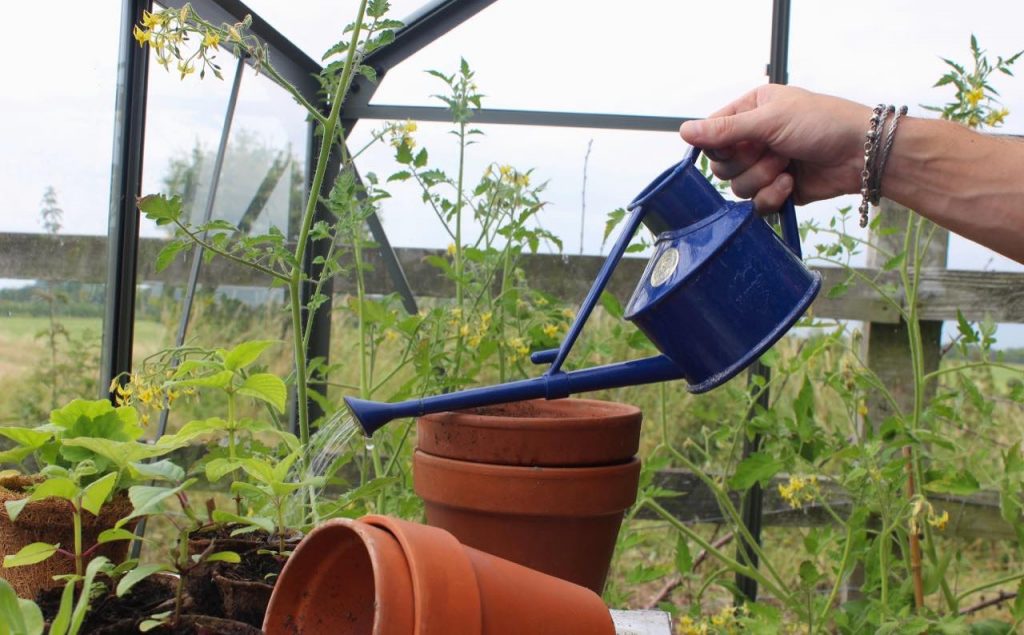
This swap will reduce water usage significantly, making you more aware of the amount of water being used. It also means you don't have to lug long lengths of hose around the garden which inevitably will smash into plants near the edge.
Make sure you’re watering the base of the plant and not wasting effort spraying all the foliage as well. Whilst this may help temporarily cool the plant down, it is actually pretty useless in terms of enabling the plant to uptake water. Most of this water simply evaporates before it gets a chance for the plants to take it up via their roots.
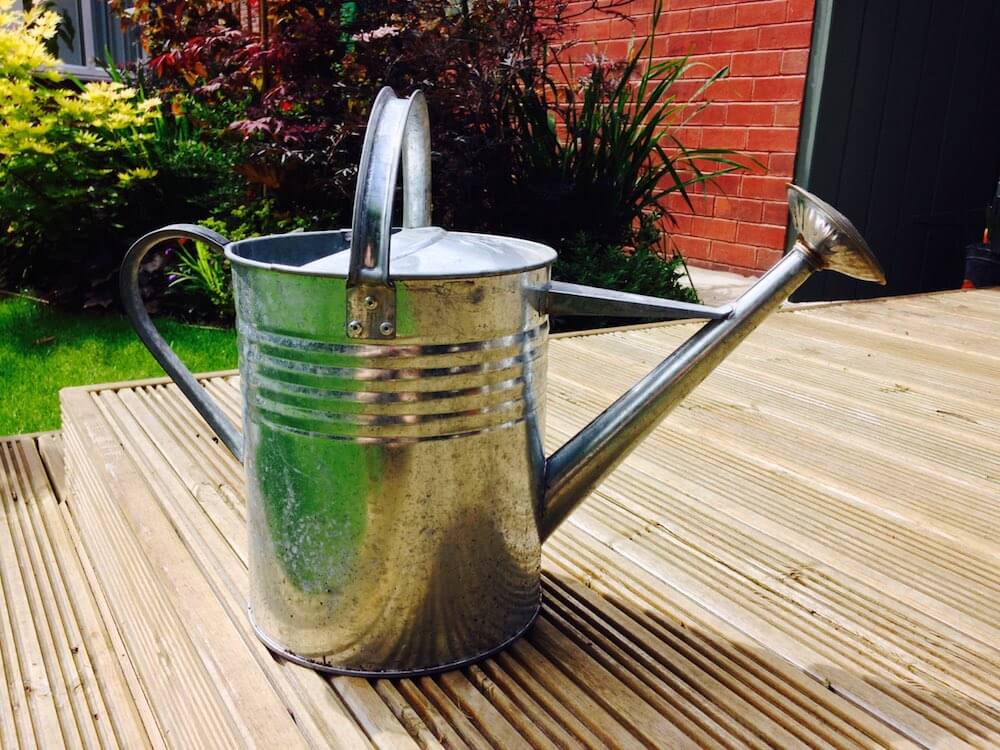
This water is free and will be the ideal ambient temperature for your garden plants and seedlings. It's a really good way to have some 'me time' as you let the watering can fill up, providing a really mindful gardening activity!
So why not fit a water butt to part of your roof or shed guttering? Then you can collect rainfall and help significantly reduce your water bills.
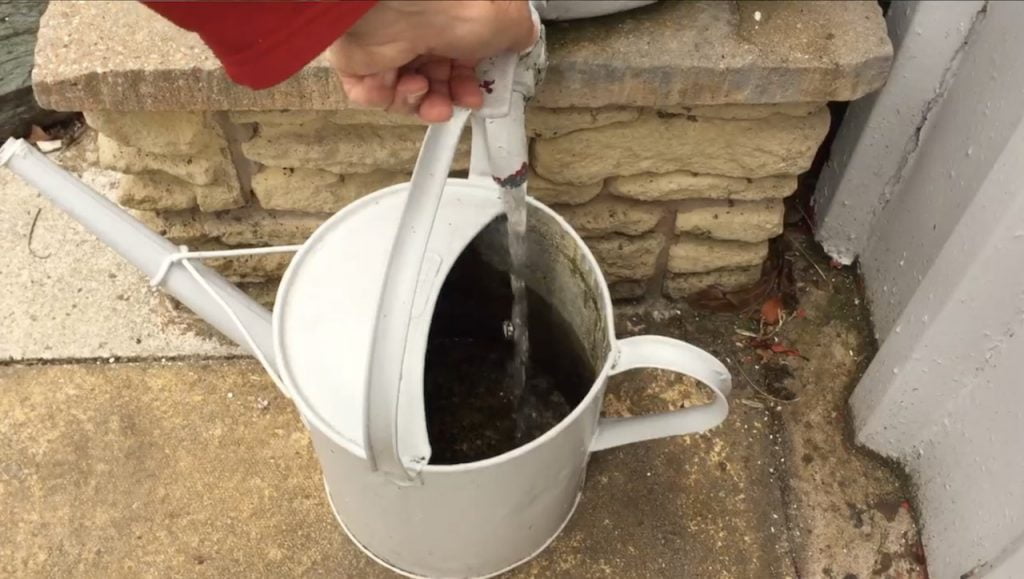
Trust me, that grass is one of the toughest of all garden plants and can survive periods of drought. Even if your lawn turns yellow, it will recover, so save time, money and effort by leaving your lawns alone. No matter how crispy it gets, I've never seen a lawn that is totally killed by a heatwave.
If you've just laid a new lawn then that's a different matter and this will require water.
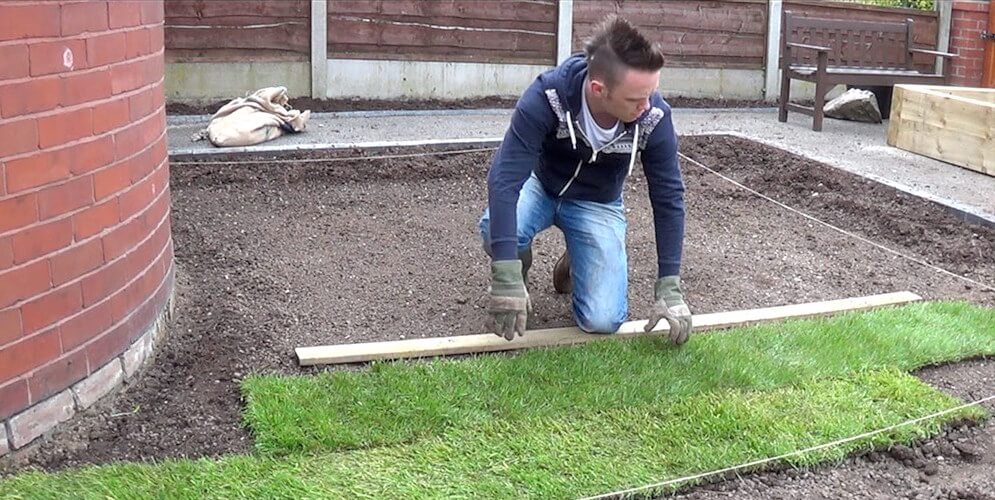
You’re better off letting it grow slightly longer and postponing cutting it. This saves you water and helps your lawn take a breather!
An added layer of either compost, bark or gravel will help stop excess water from evaporating, minimising the amount needed to water your plants. Mulching will also help your plants grow healthier and stronger by adding more nutrients to your soil.
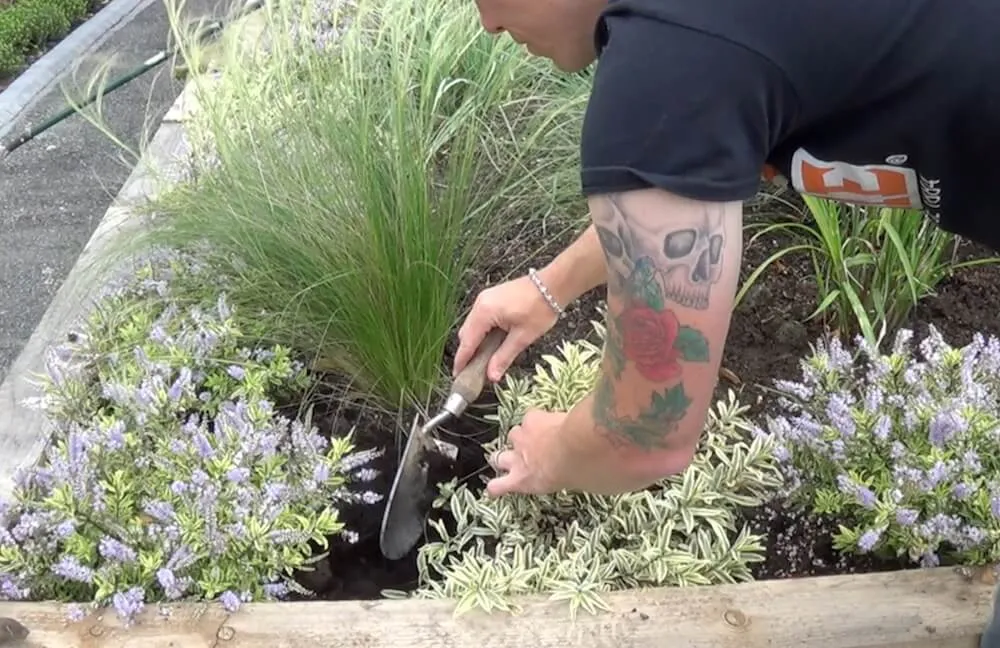
Avoid watering plants in the middle of the day, when it’s warmest, to minimise water loss via evaporation. It also allows you to see your garden in the best soft light when colours look more vibrant!
Ignore the myth that watering in the day acts like a magnifying glass on leaves. This is false! It's better to avoid trying to water plants when they are transpiring (using water, nutrients, and air to respire) the fastest, i.e., in the midday sun. Watering them when they are transpiring the slowest, i.e. first thing in the day, means they have a better chance of actively taking up the moisture.
Suppose you have house plants only water these when they start to dry out. The biggest killer of house plants is eagerly over-watering them!
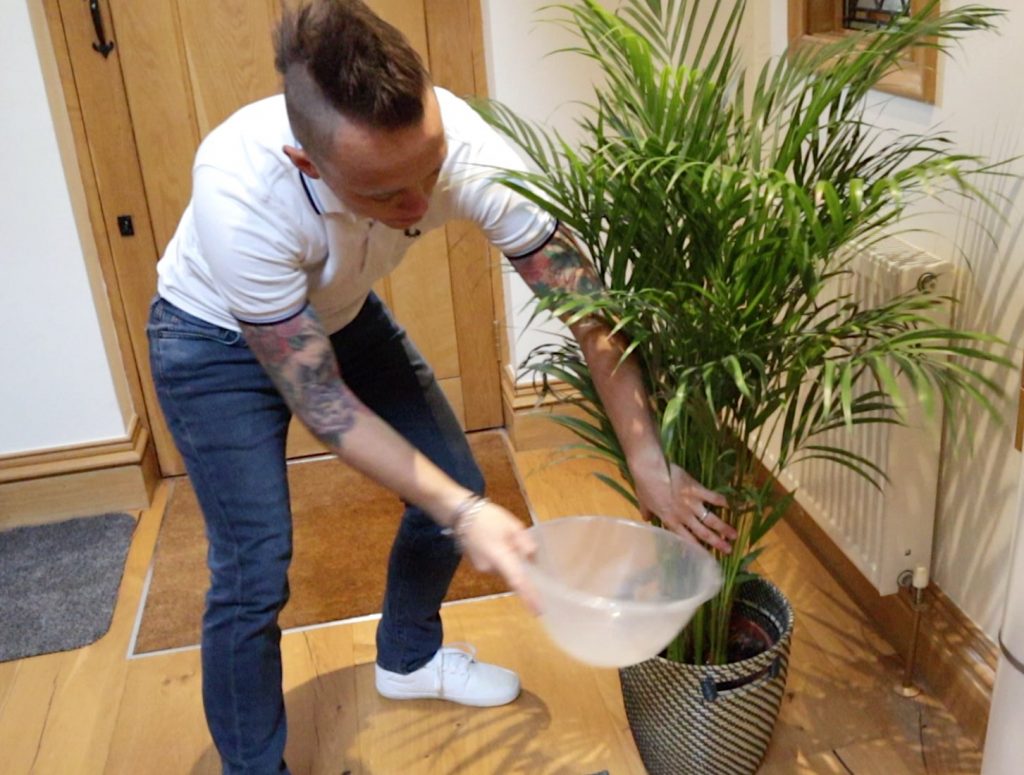
When your washing salad or fruit, capture the water and re-use it in the garden. It makes sense not to let that lovely freshwater disappear down the plughole! You can also use this for houseplants or container plants. So rather than it flow down the drain use a bowl and then help hydrate your balcony or indoor plants!
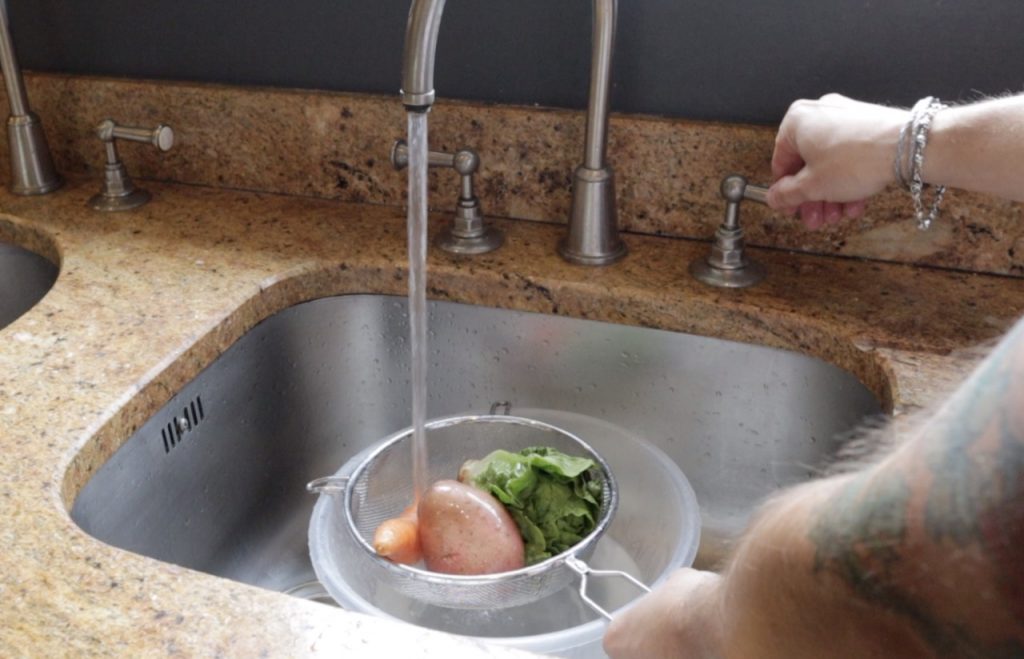
While it doesn’t initially sound obvious, carry a bottle of water around to sip throughout the day and pour any that you don’t drink onto the garden. Gardening can be warm work, so stay hydrated!
The same goes for sun cream and taking a rest in the shade on hot days. Gardening is not an endurance sport!
There are plants out there that thrive in more arid conditions. Examples include Lavender, Epimediums, Succulents & Nepeta. By selecting plants suitable for your garden's aspect and light levels it means you can relax more without needing to water as much!
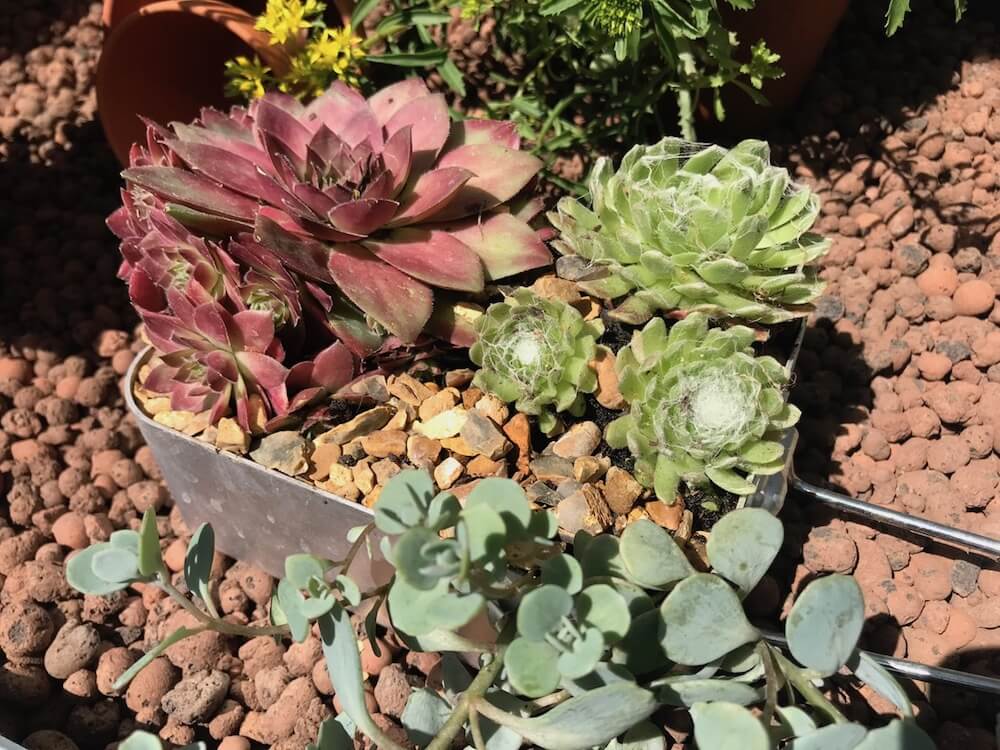
If you are cleaning out a fish tank, the nutrients left in the water are great for promoting lush, healthy plants, saving the need to add extra fertiliser. Win-Win!
All pro gardeners use spot watering and often avoid needing to reel out a huge hose pipe each time they water the garden.
Spot watering means you only 'spot' water plants that require water rather than soaking the entire garden. Most established shrubs, trees and herbaceous plants can survive periods without watering as they have complex root systems. So only water those new plants or ones that look in need and leave everything else alone.
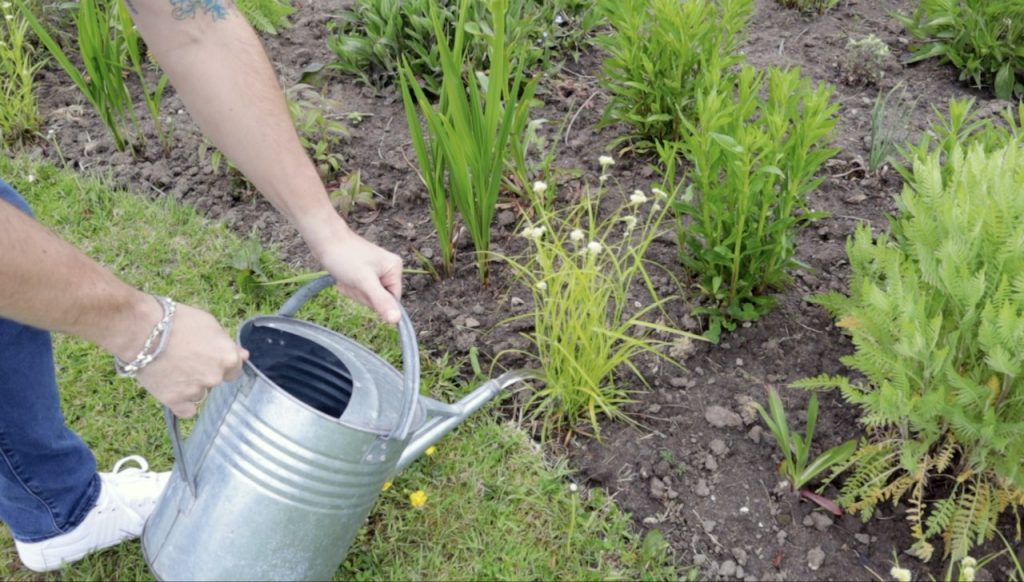
By gardening smarter, you can save not only time but money when conserving water. That way you can sit and enjoy the fruits of your labour whether it is admiring your house plants or sitting outside enjoying your bright colourful borders!
If you have questions or comments on taking cuttings, why not let me know? You can Tweet, Facebook or Instagram me. You can also follow me on Youtube where I’ve got plenty of garden guide vlogs!



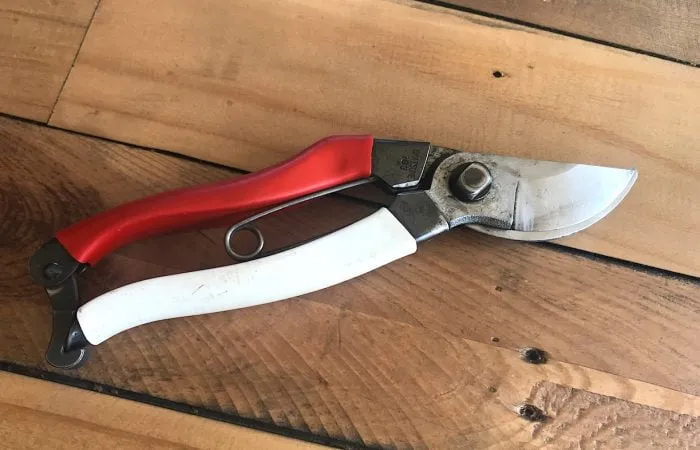
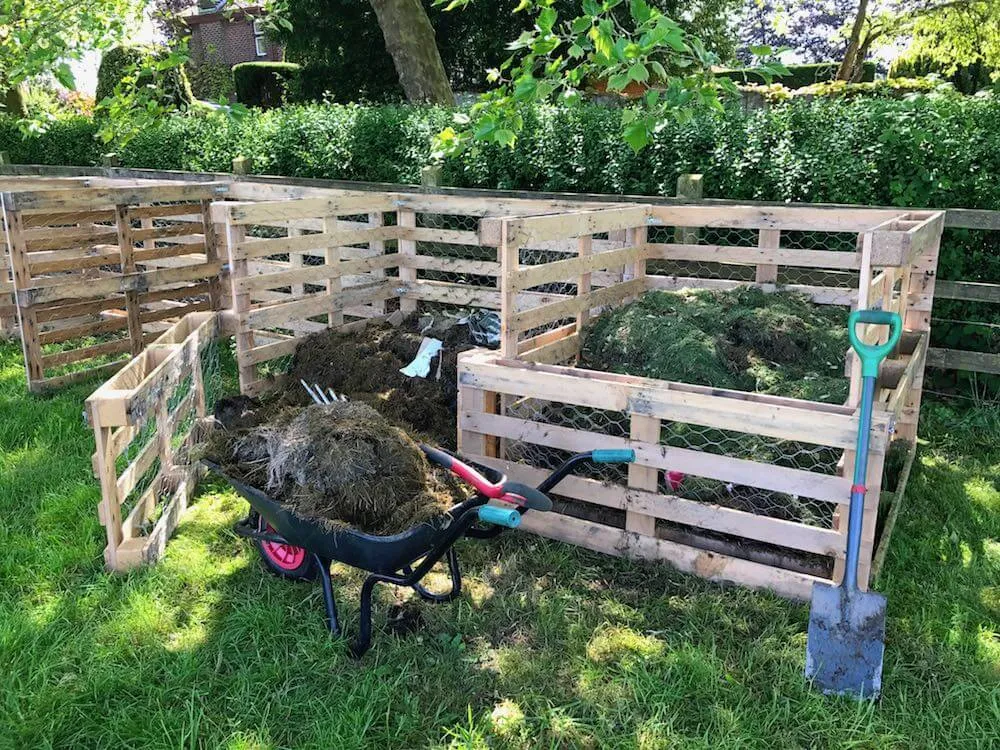
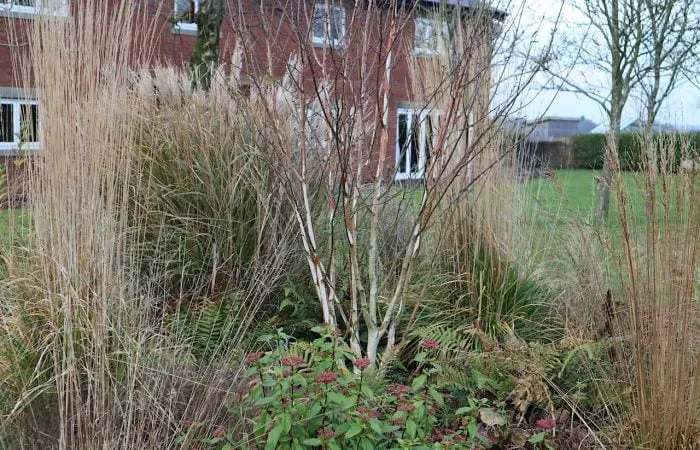

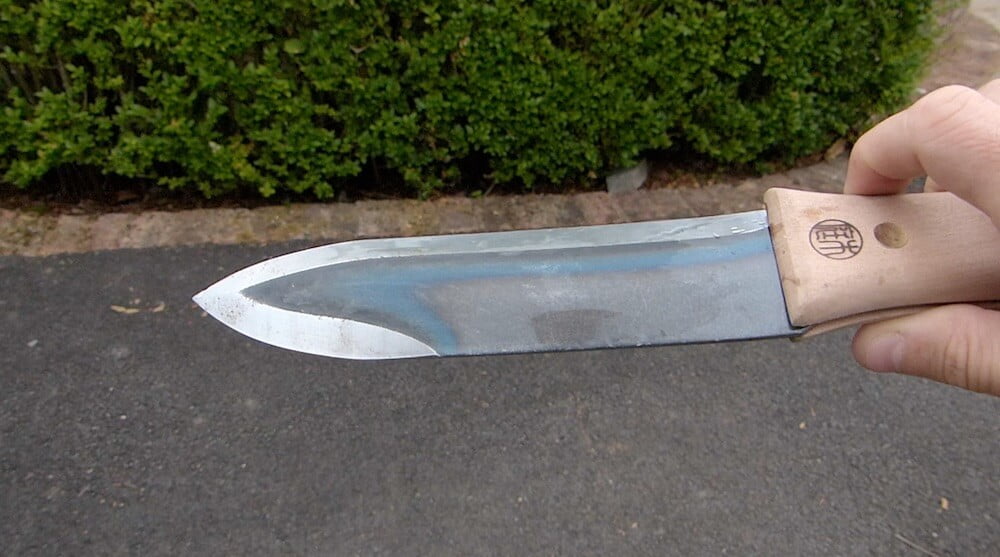
JOIN THE NINJAS

Be the first in line for new Guides, Discount codes and Offers